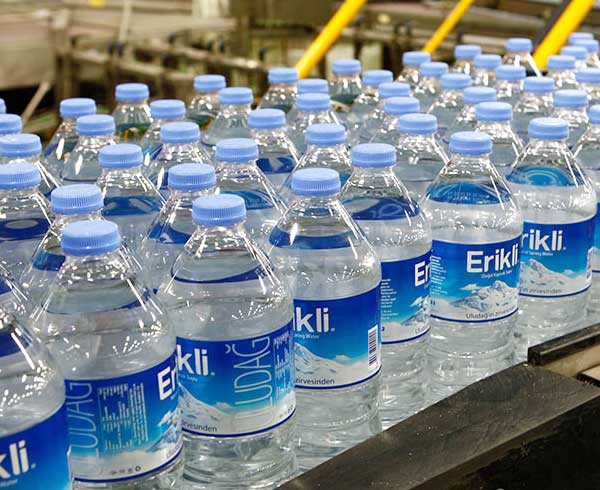Ozone and Its Use in Mineral Water Production
Water Purification Solutions
Since 1906, ozone has been used in a drinking water plant in Nice, France, marking the first industrial use of ozone. Water naturally contains a variety of organic materials, chemicals, metals, microorganisms, and other hazardous substances that need to be purified.
Using ozone is often the only method and the most effective technology to enhance the quality of drinking water. It is considered an environmentally friendly way to purify water. As one of the strongest commercially available oxidizers, ozone addresses various water quality issues beyond mere disinfection, which can be difficult or even impossible with other methods.
Why is Ozone Essential for Drinking Water Purification
- Disinfection of water: Eliminating microorganisms, bacteria, inactivating viruses, and removing Cryptosporidia.
- Complete removal of odors, colors, toxic substances, and unpleasant tastes from the water.
- Oxidation of metals and non-metals such as manganese, iron, hydrogen sulfide, arsenic, and all organic materials.
- Breaking down pesticides and other pollutants.
Benefits of Ozone in Water Treatment:
- No formation of harmful trihalomethanes (THMs).
- No production of harmful by-products that could affect the environment or public health.
- Low doses of ozone are sufficient, and it works faster than conventional disinfection methods.
- Ozone is produced on-site as needed and decomposes into oxygen molecules after completing its reaction.
- Ozone does not negatively affect the taste or smell of water.


 عربی
عربی
 فارسی
فارسی


